Introduction
The dynamic healthcare sector makes it clear that innovation is always needed to improve patient care. Innovative technology advancements are improving healthcare and paving the way for a happier, more promising future.
Telemedicine
Telemedicine is one field where innovation has a particularly big influence. Patients can now receive remote medical expertise since it lowers obstacles to accessibility and reduces distance. This has proven to be particularly helpful in connecting patients with specialists in remote places, such as rural portions of the UK, that they might not have otherwise been able to reach. Through video conferencing, patients can receive timely consultations, eliminating the need for long travel times and guaranteeing rapid medical attention.
AI in Healthcare
Innovation also greatly enhances patient care in the field of artificial intelligence (AI). With its diagnostic tools, AI is transforming the healthcare sector by offering remarkably accurate disease detection. Better patient outcomes and early interventions are made possible by this. For instance, Moorfields Eye Hospital in London and Google’s DeepMind collaborated to develop an AI system that can analyze eye scans and spot indications of eye disorders. The diagnosing process has been significantly expedited by this instrument, improving patient outcomes and enabling more timely interventions.
Wearable Technology
The notion that healthcare is only provided in hospitals or clinics is becoming less prevalent. Thanks to wearable technology, healthcare is about to enter a new era marked by more personalization and proactiveness. Patients can have ongoing health monitoring no matter where they are thanks to this technology. Consider a patient who has heart problems. They can check their cardiac rhythm in real time thanks to a highly advanced wearable ECG monitor. This enables round-the-clock observation, which in some situations may save lives. It not only provides the patient with a useful response, but it also generates significant data that may be sent to their physician. Any irregularities in the patient’s heart rhythm are immediately detected by the device, which then alerts the patient’s healthcare provider. Potential health emergencies may be avoided in large part because to this instant alarm system. Because wearable technology encourages proactive monitoring and early intervention, it has made a substantial contribution to healthcare. Patients now have the ability to effectively manage long-term illnesses like heart disease and avoid consequences brought on by interrupted care. In conclusion, the advent of wearable technology in the medical field has caused a paradigm change in Favor of more pro-active, patient-centered treatment.
Robotic Surgery
Precision is essential in the operating room, and robotic surgery provides just that. These surgical systems combine robotic technology’s dexterity and precision with the knowledge and skill of seasoned doctors. For example, The Royal London Hospital performs gynecological and prostatectomies with robotic-assisted surgery. Patients recover more quickly from shorter hospital stays because to robotic technology, which improves surgical precision and decreases invasiveness.
Virtual Reality
Imagine being able to turn on a light switch and send them to a serene forest or beach. That is virtual reality’s (VR) medicinal power. Virtual reality (VR) technology is a powerful tool for therapy and patient involvement in addition to gaming. VR treatment is used by King’s College Hospital in London to assist patients in controlling their pain and anxiety during medical operations. Virtual reality (VR) has shown promise in reducing stress and enhancing general well-being by submerging patients in calming virtual settings.
Data Interoperability
In the current healthcare environment, data is essential. The difficulty, though, lies in deciphering the massive volumes of data generated by different healthcare systems and equipment. Data interoperability enters the scene in this situation. The National Health Service (NHS) in the United Kingdom, for example, has been working to integrate electronic health records (EHRs) throughout various healthcare settings. Through seamless patient information exchange between clinics, hospitals, and primary care physicians, interoperability promotes continuity of care and better decision-making.
Conclusion
It’s safe to say that in the future, technology will still have a significant influence on how we deliver and receive healthcare. The applications are virtually limitless and include everything from robots and wearables to artificial intelligence and healthcare. By adopting a more innovative approach and leveraging technology, we can revolutionize patient care and make it more effective, customized, and easily accessible than it was previously. The future of healthcare is bright, offering a new era of health and wellness for everybody, especially with technology as our ally.




